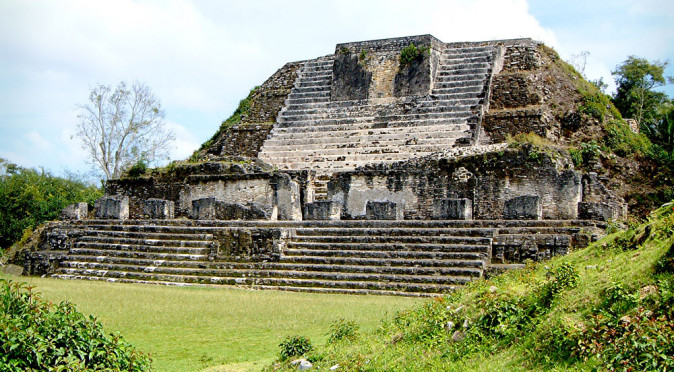
Altun Ha: Plaza B
Although it is completely dominated by Temple B4, the rest of the buildings in Plaza B suggest it was a residential area for the royalty of Altun Ha.

Although it is completely dominated by Temple B4, the rest of the buildings in Plaza B suggest it was a residential area for the royalty of Altun Ha.
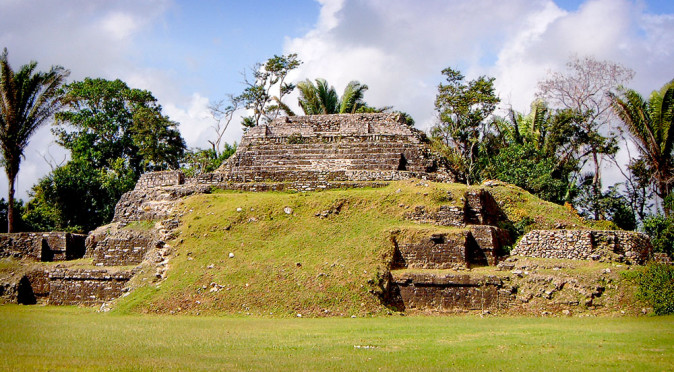
Plaza A was the main ceremonial centre at Altun Ha from 250AD onwards and was home to a remarkable 6th century tomb, featuring over 300 jade objects.
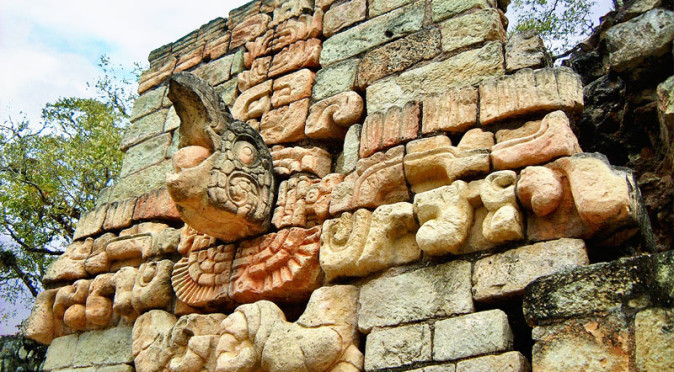
Although fundamentally Copan was a Mayan City that controlled trade on the southern frontier of Mesoamerica, the majority of its history is both mysterious and very intriguing…
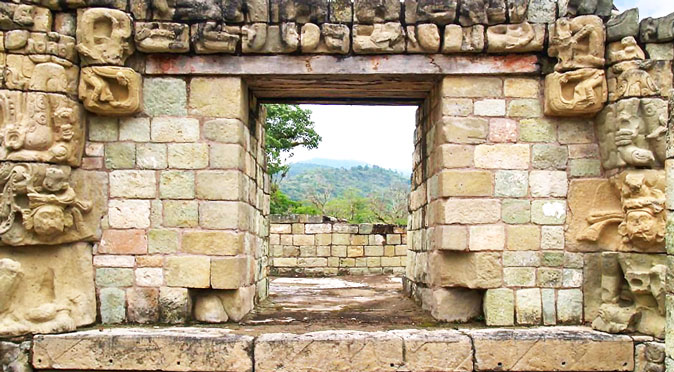
Temple 22 is in a badly ruined state following its collapse into its own vaults. However, the magnificent Sky-Arch surrounding the inner doorway still echoes its grandeur and gives us an inkling of the Temple’s purpose.
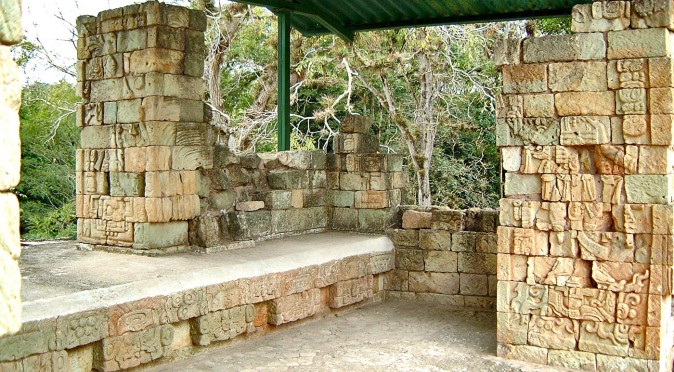
Built as the burial temple for Copan’s mysterious last ruler, Yax Pasaj Chan Yopaat, Structure 10L-18 tells us a lot about this unwanted outsider…
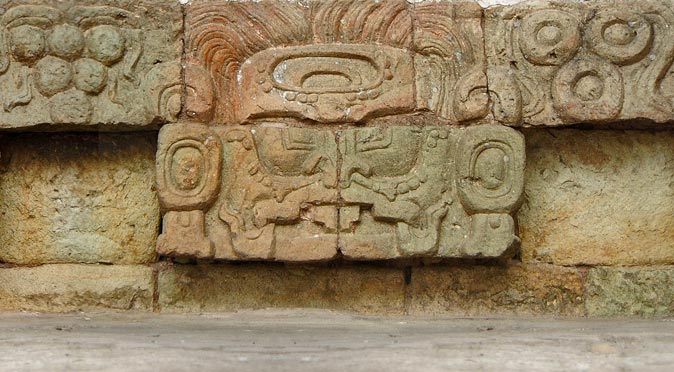
Honduras is probably best known for the stunning ruins of the Mayan City of Copan, which is home to some of the finest carved stone-work ever found in Mesoamerica.
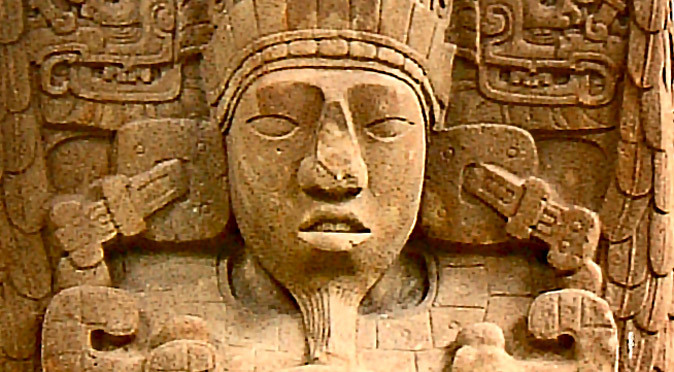
Quirigua’s most prestigious ruler’s image can be seen on the majority of the amazing monuments found at the site and there’s something curiously Egyptian about him…
The stelae at Quirigua are an outstanding example of Mayan art and include Stela E which is the largest monolithic monument ever erected in Mesoamerica.
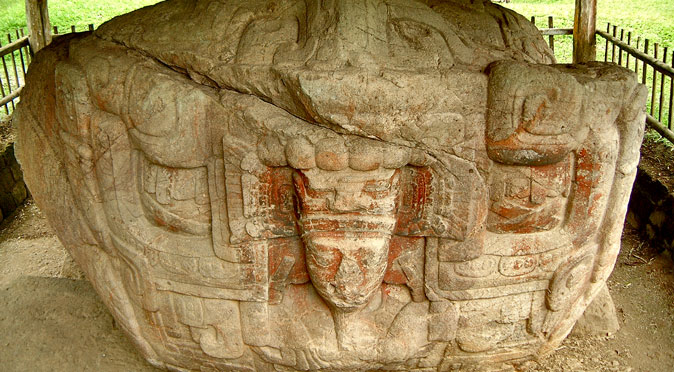
For much of its history, Quirigua was little more than a trading outpost, designed to control trade along the Motagua River, but then Cauac Sky came to power…
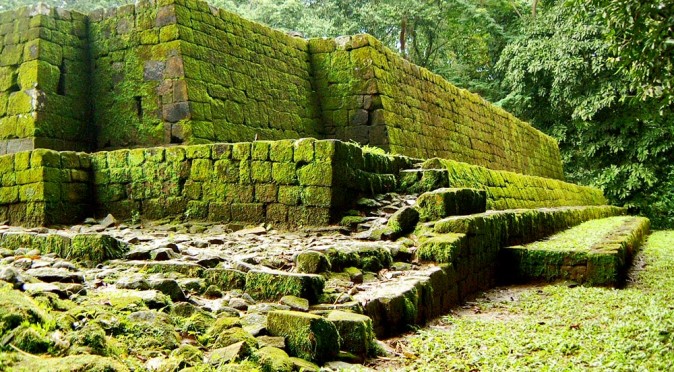
The Acropolis at Quirigua may be small, but it lies at the heart of Quirigua’s development from a small trading outpost to a powerful independent city that ended up living in fear…
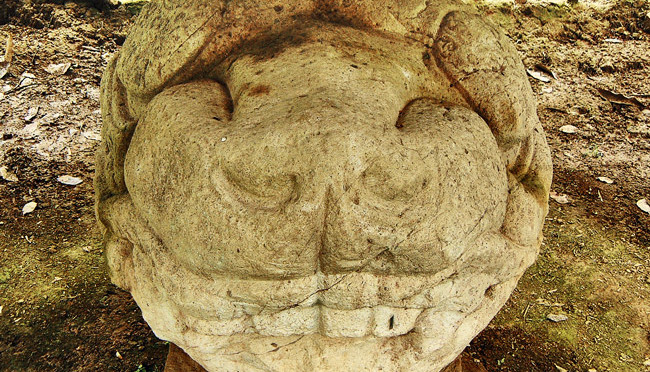
Feline-faced Monument 13, also known as Altar M, curiously marks the beginning of Quiriguá’s battle for independence thanks to the inclusion of a brand new emblem…
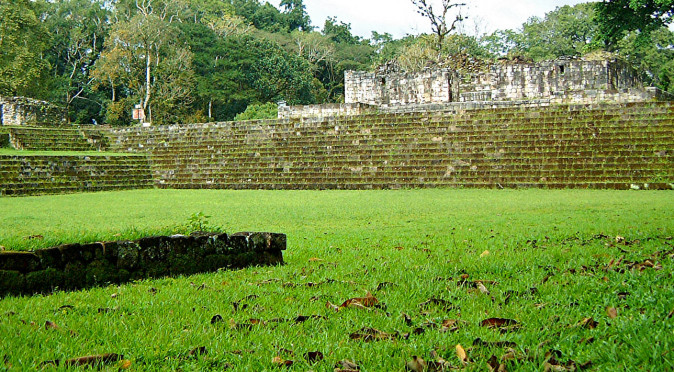
Quirigua was little more than a trading outpost until a ruler named Cauak Sky claimed independence and built some of the most amazing monuments ever built by the Maya.
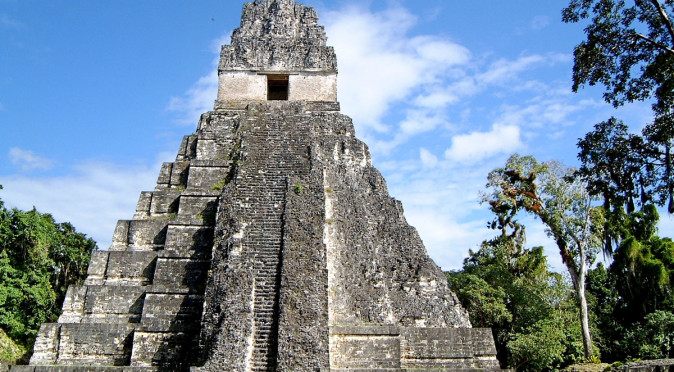
Tikal was the most powerful city in the Mayan territories during the Classic Period, but its monuments might suggest that Teotihuacan was inspiration and power behind its success…
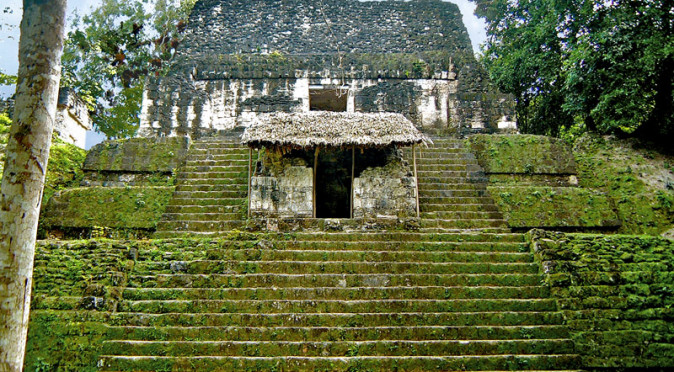
The Temple of Skulls takes its name from three stucco skulls which were added, along with a curious niche, in the early 8th century…
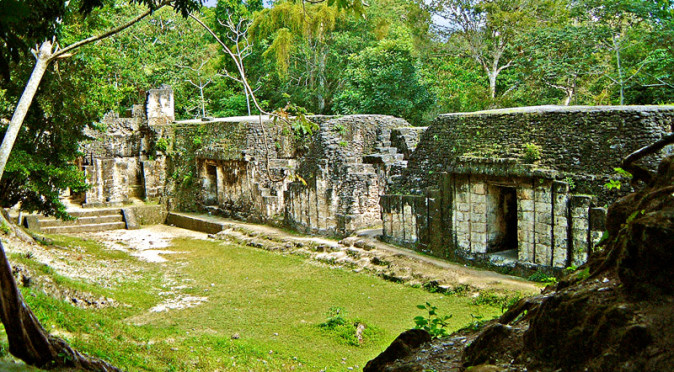
Tikal Group G is known as the Acanaladuras Palace because of its unusual pseudo-column façade and dates to the reign of Jasaw Chan K’awiil, c.734AD.
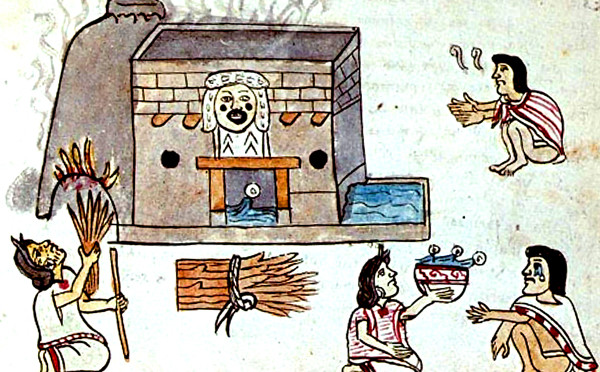
The temascal, or temazcalli, was a Mesoamerican steam house which was used to relax and cleanse and was frequently used in medicine.
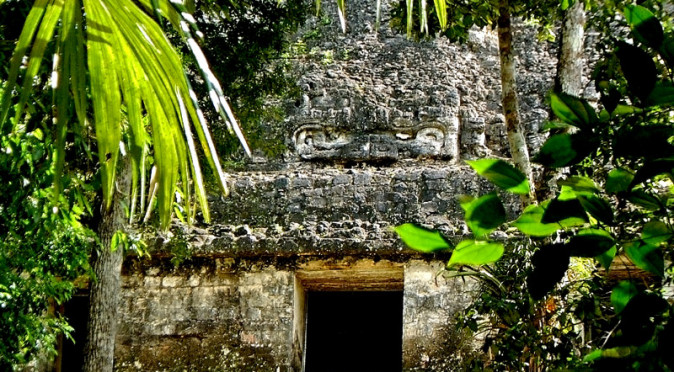
Templo VI is known as the Temple of Inscriptions because of a series of events listed on its roof comb, dating back to 1143BC…
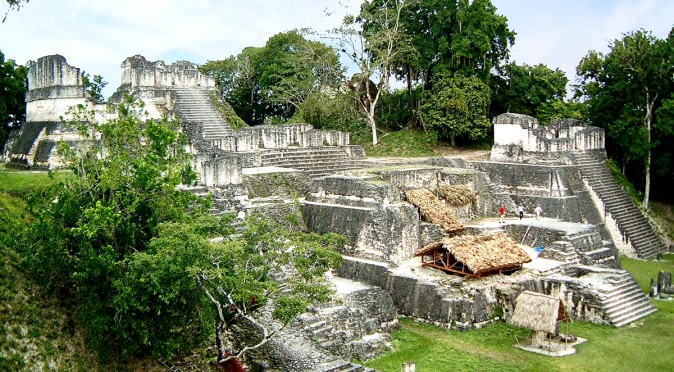
Temple 5D-33 was controversially ripped down in the ’60s, but revealed an early structure that may link it to Teotihuacan…